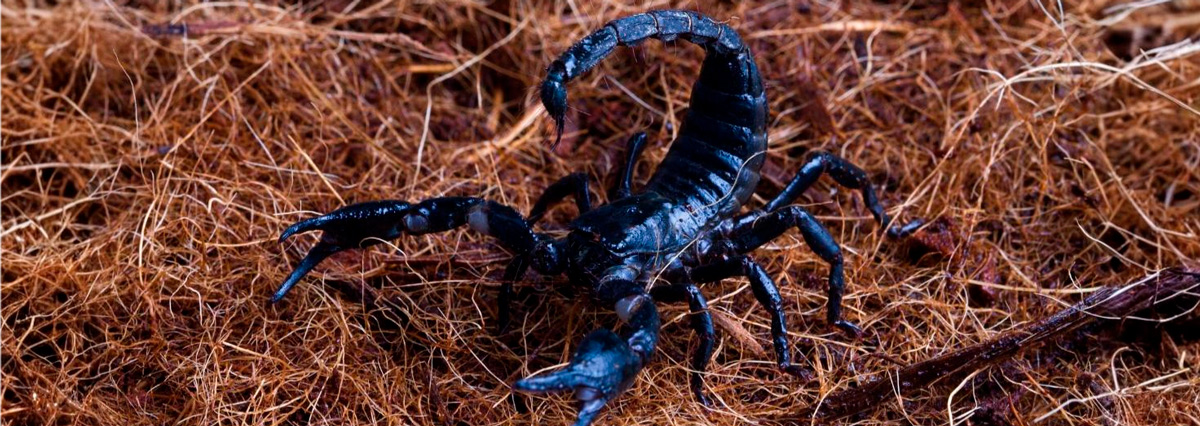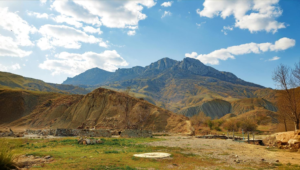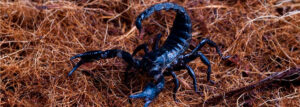Hermosa Beach: A Community of Culture, Tradition, and Unbreakable Spirit
Hermosa Beach, California, is more than just a destination—it’s a lifestyle, a legacy, and a source of pride for those who call it home. Known

Durango, Mexico, is famously known as “the land of alacrán.” But have you ever wondered why? This region’s connection to alacrán goes beyond just a nickname—it’s a deep-rooted part of its history, culture, and identity. Whether you’re from Durango or simply fascinated by Mexican traditions, this story will give you a whole new appreciation for the iconic alacrán.
Alacrán have been a part of Durango’s landscape for centuries. The region’s climate and geography make it the perfect home for various Alacrán species. In the past, local legends and indigenous beliefs associated these creatures with protection, resilience, and even mysticism.
Over time, the scorpion became more than just an insect—it became a symbol of Durango’s people. Tough, fearless, and deeply connected to their roots, Duranguenses wear the alacrán as a badge of honor. You’ll find it in local art, music, and even tattoos, representing strength and pride.
From traditional folk tales to modern streetwear, scorpions have left their mark on Durango’s cultural identity. Many businesses, sports teams, and even popular sayings reference the alacrán, keeping the spirit alive for generations to come.
Durango’s alacrán is more than just a creature—it’s a powerful emblem of resilience and heritage. For those who have left their homeland, carrying this symbol is a way to stay connected to their roots, no matter where they are in the world.
Hermosa Beach, California, is more than just a destination—it’s a lifestyle, a legacy, and a source of pride for those who call it home. Known
No matter where life takes us, there’s something about Mexican culture that stays with us forever. From the sound of mariachi to the taste of

Hermosa Beach, California, is more than just a destination—it’s a lifestyle, a legacy, and a source of pride for those who call it home. Known

No matter where life takes us, there’s something about Mexican culture that stays with us forever. From the sound of mariachi to the taste of

Durango, Mexico, is famously known as “the land of alacrán.” But have you ever wondered why? This region’s connection to alacrán goes beyond just a